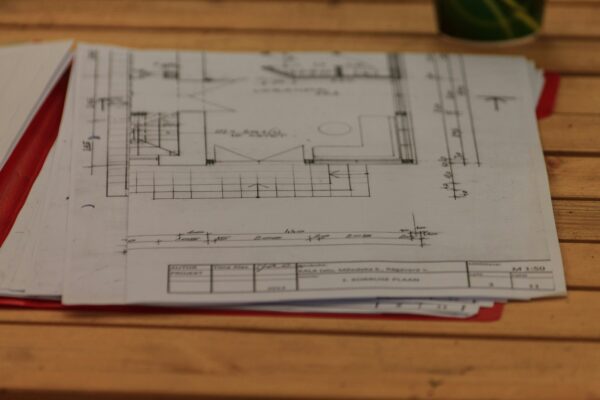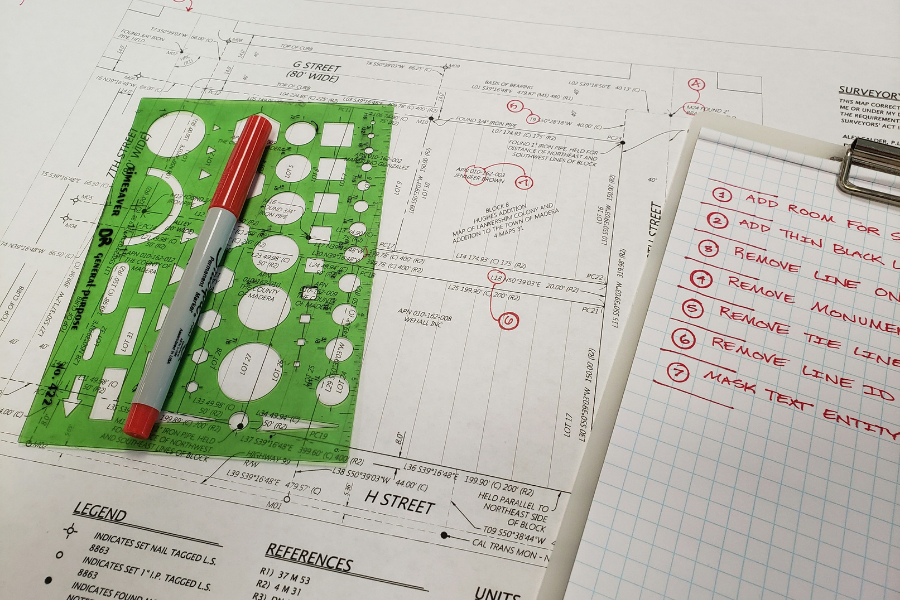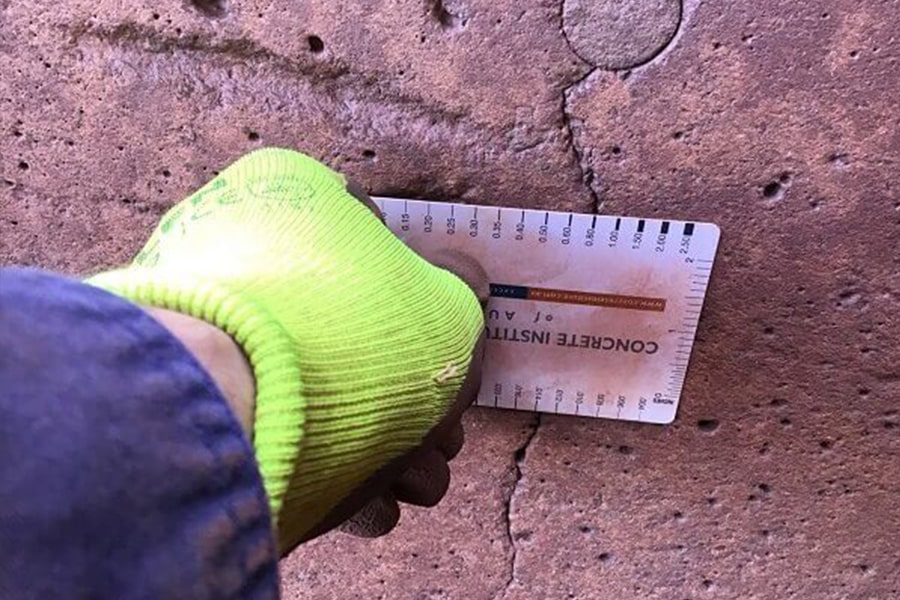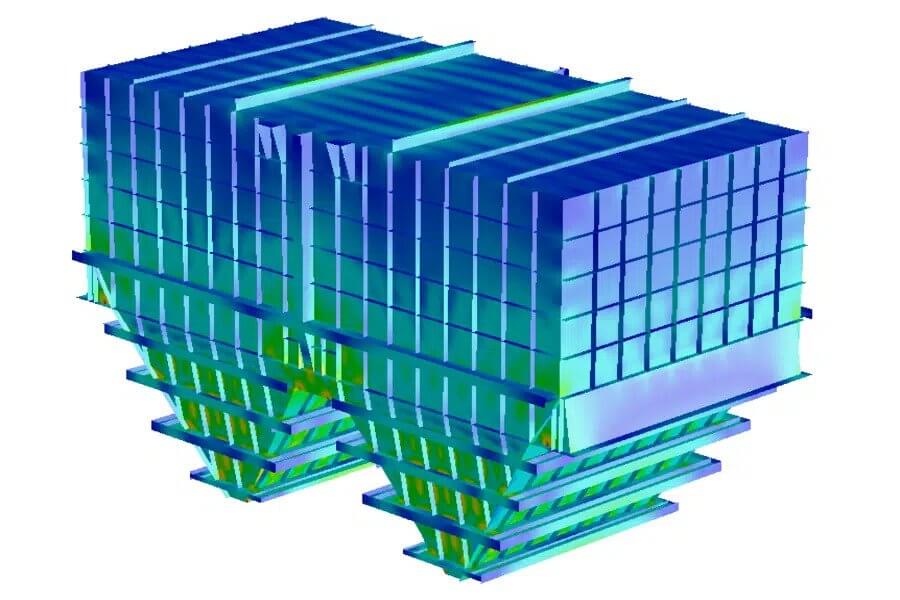Structural Compliance Isn’t Optional. It’s the Only Option
In the world of structural engineering, good design is more than just numbers and drawings. It’s about clarity, accountability, and traceability. That’s where engineering documentation standards come into play. They don’t just keep projects organised; they protect you.
Whether you’re submitting to a regulator, preparing for a peer review, or defending a design decision months down the line, your documentation is your evidence. It’s not just about ticking boxes; it’s about showing the rigour behind every choice you’ve made.
At Yenem Engineering Services, we’ve reviewed countless third-party designs. Some are textbook examples of solid documentation. Others? Let’s just say, they could’ve benefited from stronger standards.
What Good Engineering Documentation Standards Look Like
There’s a big difference between documentation that just exists and documentation that holds up under pressure. Proper engineering documentation standards ensure that everything from initial concept to final drawing is traceable, logical, and defensible.
Here’s what that looks like:
- Clear structure – Every calculation, assumption, and drawing should follow a logical flow. Reviewers need to understand not just what the outcome is, but how you got there.
- Consistent references – Australian Standards (and any others used) must be clearly identified. If you’re using AS 4100, for example, cite the clause. Don’t leave it to interpretation.
- Comprehensive inputs – Load cases, material specs, soil data; they all need to be stated and justified. Ambiguity here is a red flag for any reviewer.
- Quality control records – Whether it’s revision tracking, peer review checklists, or verification notes, your documentation should show that it’s been checked before leaving the office.
When these fundamentals are followed, it shows the project has been approached professionally. It tells the reviewer: “This has been done properly.”
How We Apply Engineering Documentation Standards at Yenem
Because we regularly conduct independent reviews, we know exactly where documentation tends to fall short. We’ve built our own internal standards with those pain points in mind.
Here’s how our process reflects strong engineering documentation standards:
- We write for the reviewer – Every page in our calc packages is written to tell a story. Inputs and actions are laid out step-by-step, so it’s easy to follow our reasoning.
- We keep it neat – Our “We Do Neat Calcs” mantra isn’t just about presentation. It’s about making sure every calc is readable, referenced, and traceable.
- We peer review internally – Every document is independently checked before it leaves the building. This catches errors early and gives our clients peace of mind.
- We align with drawings – Misalignment between drawings and calcs is a common cause of audit headaches. Our engineers and drafters work together from the start to prevent that.
- We embed the audit trail – From revision logs to checklist sign-offs, the documentation tells the full story of how a design was developed, reviewed, and finalised.

Why It Matters More Than You Think
We’ve seen what happens when documentation doesn’t hold up. Delays, redesigns, non-compliance with Australian Standards, these are more than just technical issues. They can damage reputations and cost serious money.
And here’s the thing: It’s not about doing more work, it’s about doing the right work from the start.
Following proper engineering documentation standards doesn’t just protect you during an audit. It builds confidence with your clients, certifiers, and regulators. When they see a well-documented project, they know it’s been done with care.
Final Thoughts
At Yenem, we treat documentation as seriously as we treat the design itself. Because we know that when questions come up months or even years after a project is completed, the answers need to be right there in the file.
Strong engineering documentation standards are your protection.
If your current documentation wouldn’t survive an audit, maybe it’s time to lift the standard. We can help with that.
Don’t wait for an audit or regulator to uncover the gaps in your documentation. At Yenem Engineering Services, we help engineering teams build documentation that stands up to scrutiny. When compliance is on the line, guesswork isn’t good enough.
Whether you need a one-off review, help aligning with Australian Standards, or support developing a robust documentation framework, we’re ready to step in.
Book a free, no-obligation consultation today. Make sure your documentation protects you before someone else finds out it doesn’t.


